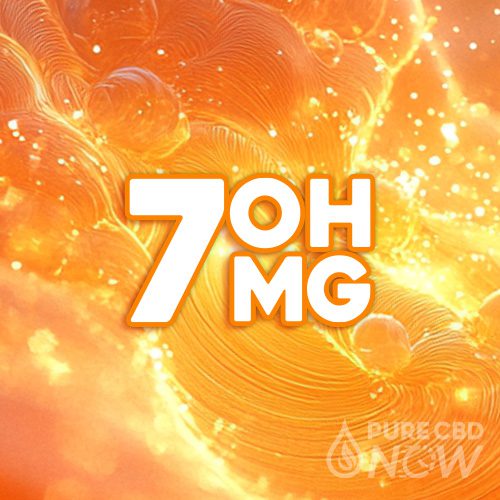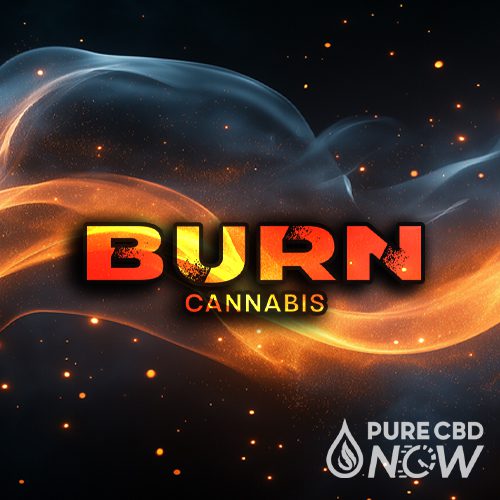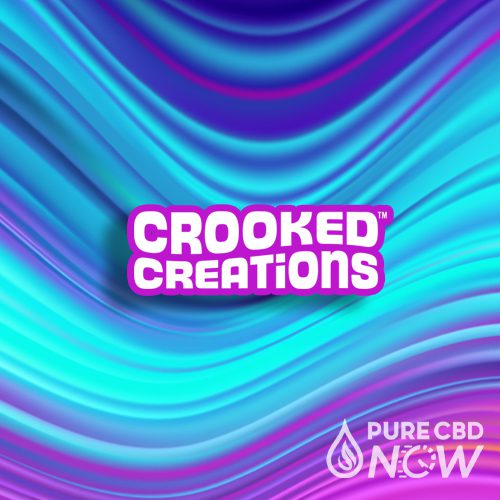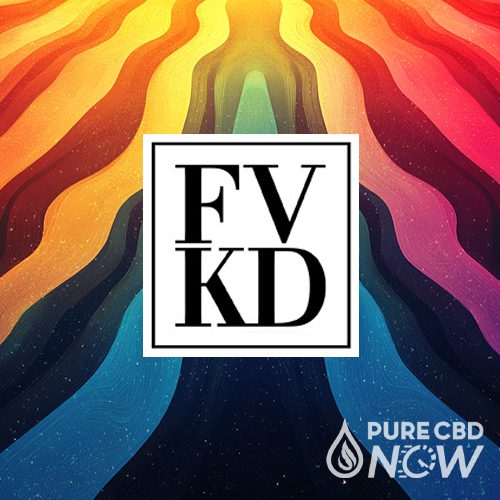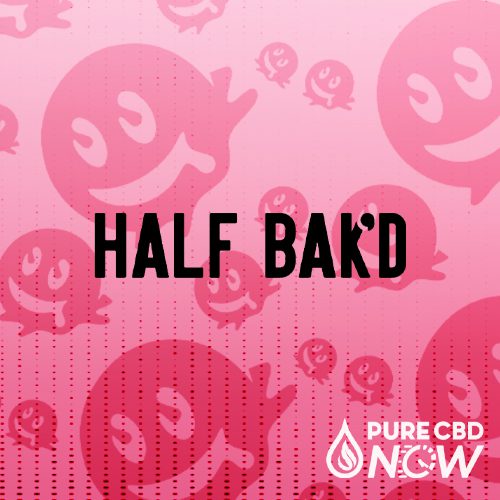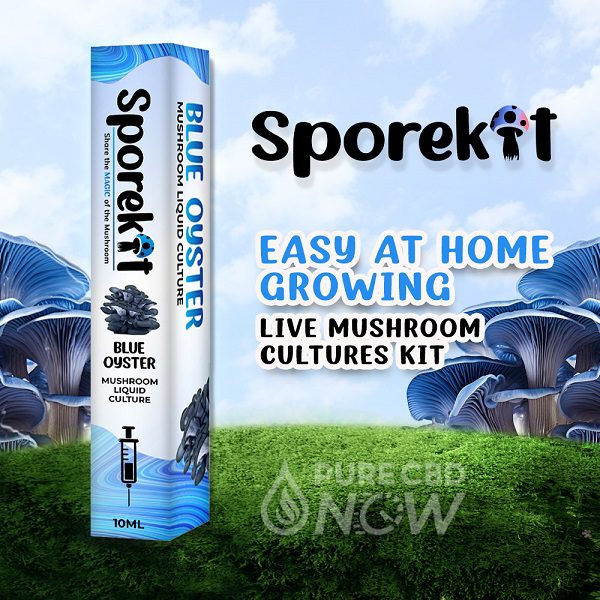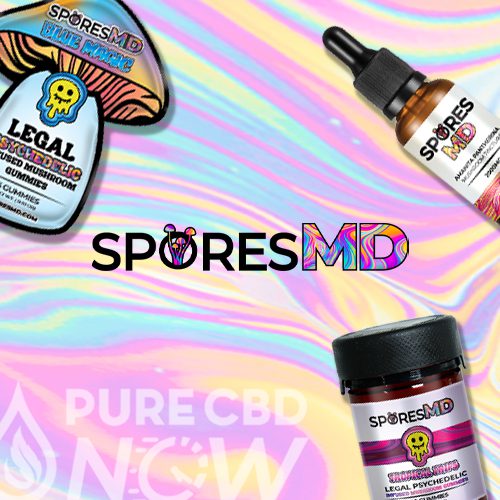You’ve probably heard about the ongoing debate: is 7-OH mitragynine stronger than morphine? It’s a question that’s been stirring up the medical and scientific communities for a while now. As we delve into the world of alkaloids and opioids, we’ll explore the potency and effects of these two substances.
7-OH mitragynine, a key ingredient in kratom, has been touted for its potential benefits. On the other side, we have morphine, a well-known opioid used for severe pain relief. But which one packs a more powerful punch? Let’s embark on this fascinating journey to uncover the truth behind these two potent compounds.
Key Takeaways
- 7-OH mitragynine, a potent alkaloid from the kratom plant, is considered by some studies to be 30 to 46 times more potent than morphine in binding to opiate receptors, despite accounting for less than 0.05% of kratom’s total alkaloid content.
- Morphine, extracted from the poppy plant, is globally used for severe pain relief and is known for its addictive nature, potentially leading to physical dependence and withdrawal symptoms, even with short-term use.
- 7-OH mitragynine and morphine differ significantly in their chemical structures, which directly impacts their potency. The effective binding of these substances to receptors in the body is also a crucial factor in determining their potency.
- According to emerging research, 7-OH mitragynine showcases promising analgesic properties, potentially stronger than morphine, and could be used in opioid withdrawal management, chronic pain treatment, and mood disorders.
- Morphine is a Schedule II drug, recognized for its therapeutic use and high potential for abuse, while 7-OH mitragynine’s regulatory status is intertwined with kratom regulations and varies by state.
- While morphine has an infamous public image due to its misuse potential, 7-OH mitragynine is gathering a more favorable opinion, especially among users seeking alternatives to traditional pain remedies or struggling with opioid addiction.
Understanding 7-OH Mitragynine and Morphine
In this section, the focus shifts to understanding the two substances. Let’s dive into the specifics.
What Is 7-OH Mitragynine?
7-OH mitragynine, scientifically known as 7-hydroxymitragynine, is a potent alkaloid isolated from the Mitragyna speciosa plant, commonly known as kratom.
Here’s what you should know about it:
- Considered to be the primary active ingredient in kratom, 7-OH mitragynine exhibits psychotropic effects.
- Despite accounting for less than 0.05% of the total alkaloid content in kratom, it’s highly potent.
- A study published in “The Journal of the American Osteopathic Association” stated that 7-OH mitragynine could be 30 to 46 times more potent than morphine, opioid analgesic in terms of binding to opiate receptors.
This surprising potency has sparked debates about its potency relative to morphine, with some studies suggesting it may be stronger.
What Is Morphine?
Morphine, well-known in the medical field, is a potent opiate used in pain management. Extracted from the poppy plant, it’s used globally for severe pain relief.
Some key points about Morphine include:
- It’s primarily used for severe pain, especially in terminal illnesses such as cancer.
- Known for its highly addictive nature, morphine can cause physical dependence, even with short-term use.
- According to the World Health Organization, morphine is one of the most essential medicines required in a basic health system.
Morphine vs 7-OH mitragynine has been a topic of interest due to their potent analgesic properties. While morphine is traditionally known for its superior potency, is 7-OH mitragynine challenging the throne?
Keep reading to uncover more fascinating facts. And don’t forget, a clear understanding of these substances is key in this debate. Why not delve into products like 7-Hydroxymitragynine? They could provide a deeper insight. Information is power, after all. Do check out Pure CBD Now for more insight.
Analyzing the Potency of 7-OH Mitragynine and Morphine
When measuring potency, two main elements come into play. Firstly, the chemical structure of the compound. Secondly, how effectively it binds to receptors in the body. In this section, we explore these two factors in relation to 7-OH mitragynine and morphine.
Chemical Structure Impact on Potency
7-OH mitragynine and morphine differ greatly in their chemical structure. The structure plays a key role in potency. Look at 7-OH mitragynine, it possesses an indole alkaloid structure, distinguished by its fused two-ring system. This unique configuration allows for high potency even in small concentrations[^1^].
Contrarily, morphine has a morphinan alkaloid structure. Because of this, it’s a high-affinity ligand for the mu-opioid receptors. It exerts analgesic effects by acting on these receptors[^2^]. But, the relationship between structure and potency isn’t linear. An alteration in one chemical component could lead to a significant change in potency.
Receptor Binding Efficacy
The effectiveness of a substance isn’t solely dependent on its structure. How well it binds to receptors also matters. In this aspect, 7-OH mitragynine shines. It binds more avidly to mu and delta opioid receptors and shows a higher affinity than morphine[^3^].
Meanwhile, morphine, apart from the mu-opioid receptors, interacts less efficiently with other opioid receptors[^4^]. 7-OH mitragynine’s effectiveness in this regard places it ahead in terms of potency.
[^1^]: A. L. Barceloux. (2012). Medical Toxicology of Drug Abuse: Synthesized Chemicals and Psychoactive Plants. Wiley & Sons, Inc. 892 pp.
[^2^]: R. G. Henderson. (2006). Understanding the structure and role of the mu-opioid receptor for improved therapeutics. Br J Pharmacol, 147(Supp 1): S145-S158.
[^3^]: Boyer, E. W., & McCurdy, C. R. (2021). Chemical constituents and pharmacology of kratom (Mitragyna speciosa). Neuropharmacology, 196, 108633.
[^4^]: A. V. Parrino. (2000). The structure-activity relationship of mu-opioid receptor ligands. Pharm acta helv, 74(2-3): 163-171.
Therapeutic Uses and Safety Profiles
This section delves into the medicinal applications and safety aspects of these potent substances, morphine and 7-OH mitragynine.
Medical Applications of Morphine
Morphine, extracted from the opium poppy, has been a cornerstone in pain management for centuries. It’s most often prescribed for severe, acute pain. For instance, those under post-surgical care or dealing with severe injury often get prescribed morphine. Additionally, cancer patients might receive a controller medicine that’s morphine-based. Besides its analgesic properties, it’s also known to produce a euphoric effect, enhancing its misuse.
However, the safety profile of morphine raises concerns. Regular consumption can lead to dependence and withdrawal symptoms, which includes insomnia, mood swings, and even seizures. Overdoses bear the risk of respiratory depression, even proving fatal in severe cases.
Emerging Research on 7-OH Mitragynine
In contrast, 7-OH mitragynine derived from the Kratom plant showcases an interesting therapeutic profile. Research suggests promising analgesic properties, potentially even stronger than morphine. That’s due to its high affinity for opioid receptors. Beyond pain management, studies are investigating its applicability in opioid withdrawal management, chronic pain, and mood disorders.
The safety profile of 7-OH mitragynine is still under study. However, reports suggest it might pose less risk of dependency and respiratory depression compared to classical opioids. This aspect, combined with its considerable potency, points to its potential as a future pain management tool.
Public and Regulatory Perspectives
Diving into this section, we’ll shed light on the legal and regulatory standpoints surrounding 7-OH mitragynine and morphine. Also, we’ll delve into how society perceives these substances and their use.
Legal Status and Regulations
In terms of regulatory control, morphine and 7-OH mitragynine stand on different grounds. Morphine, recognized widely in pain management, is a Schedule II drug under the Controlled Substances Act in the United States[^1^]. This status signifies its highly beneficial therapeutic use but also its high potential for abuse and addiction.
Coming to 7-OH mitragynine, the primary psychoactive constituent of Kratom, it’s in a complex regulatory scenario. While it’s not controlled by the state, its regulatory status usually intertwines with kratom regulations. In other words, where kratom is legal, you’re likely to find 7-OH mitragynine usage under permissible limits[^2^]. Keep in mind, this standpoint varies by state, with a few locations imposing outright bans on Kratom.
Public Perception and Use
0-Morphine, a staple in the medical field, carries an infamous public image, mostly attributable to its misuse potential[^3^]. While its effectiveness in managing severe pain is undeniable, users often voice concerns about potential dependence and withdrawal symptoms.
By contrast, 7-OH mitragynine seems to be gathering a slightly more favorable public opinion, primarily among users looking for alternatives to traditional pain remedies or struggling with opioid addiction[^4^]. As with any substance, responsible usage is key. Overconsumption can lead to unpleasant effects. Maintaining a balance, therefore, is essential to harness its benefits without incurring risks.
Let’s circle back to the conclusion. It’s clear that 7-Hydroxymitragynine shows promising potential, but does it overthrow morphine? This question beckons more extensive research that considers both the potential benefits and risks. If interested, peruse through a range of 7-Hydroxymitragynine products at Pure CBD Now.
[^1^]: U.S. Department of Justice. Drug Enforcement Administration. “Controlled Substances Act”, www.deadiversion.usdoj.gov, Accessed on 14th September, 2021.
[^2^]: Kruegel AC, Grundmann O. The medicinal chemistry and neuropharmacology of kratom: A preliminary discussion of a promising medicinal plant and analysis of its potential for abuse. Neuropharmacology. 2018;134:108–120.
[^3^]: Compton WM, Volkow ND. Abuse of prescription drugs and the risk of addiction. Drug Alcohol Depend. 2006;83 Suppl 1:S4.
Conclusion
So, you’ve seen the comparison between 7-OH mitragynine and morphine. It’s clear that 7-OH mitragynine’s unique structure allows it to bind more effectively to opiate receptors, making it potentially more potent. You’ve also delved into their therapeutic uses, safety profiles, and the varying legal statuses. While morphine has its place in medicine, it has a high potential for abuse. On the other hand, 7-OH mitragynine’s legality depends on the laws governing Kratom. It’s favored by many for managing pain and opioid addiction, but it’s crucial to use it responsibly. The need for more research to fully understand and compare these two substances in terms of benefits and risks is evident. So, stay informed and make choices that are best for your health and well-being.

